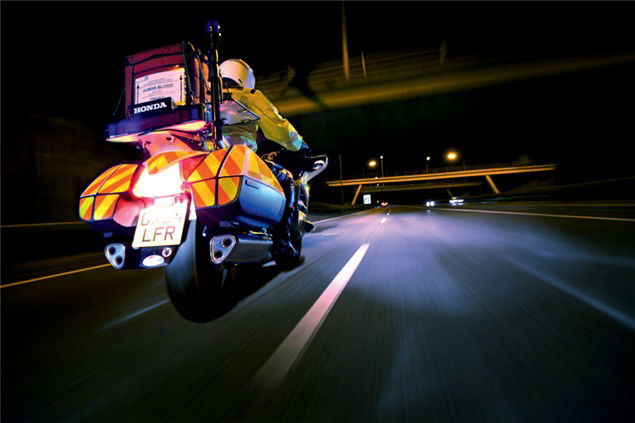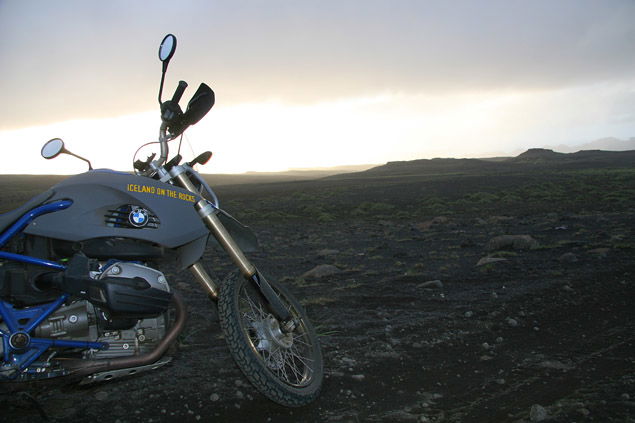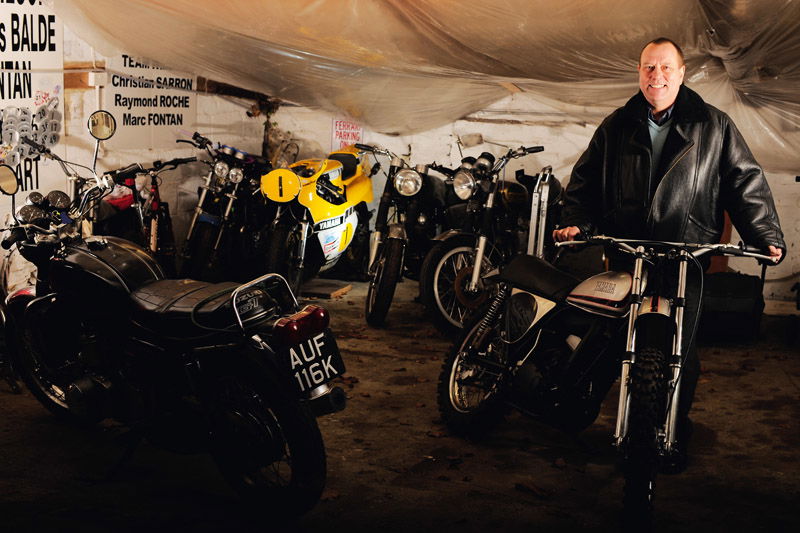The Blood Runners - Emergency Riders
We spend a night shadowing SERV riders who give up free time to transport emergency blood between hospitals to give those in need a fighting chance


The clock on the mantlepiece shows 9:47pm. Usually at this time on a Friday night I’d be tucking into a beer. Instead I’m sat in the front room of a house in Northampton watching some mindless TV programme I’ve never wanted to watch before. I’m fairly bored.
“Sometimes we get whole nights without a call and sometimes we’re flat out,” explains John Mason, the SERV (Service by Emergency Volunteers) volunteer who agreed to let me follow him tonight. “If there’s a big accident on the motorway it can be really busy. Oddly enough most calls are between ten and eleven.”
It’s unlikely you have ever heard of SERV. They exist, essentially, to save the NHS money. According to folklore (and I deeply suspect this isn’t true) it all started in the seventies after a biker was knocked off and rushed to hospital. His mates, who were out riding with him, followed the ambulance to the hospital only to be told by the staff that they were out of his specific type of blood. A biker volunteered to ride to a nearby hospital to get the required red stuff and so the service began.
Just as I’m pondering why I’m such a selfish bastard who’s never considered doing anything this worthy, John’s mobile lets out a shrill beep.
“Urgent blood. John Radcliffe in Oxford to Northampton General, two units of blood,” he says. Although his voice remains totally calm, my heart rate has just hit the roof. This is it. I spring up from my chair and fumble putting my kit on. Adrenaline has turned my fingers into thumbs and I drop my keys a few times. I glance at John, who is pulling on his bike boots in the same deliberate fashion as you would if you were popping out for a Sunday run. He laughs at me.
Following John on his Pan European, he’s smooth and fast in a typical advanced rider way. Keeping up isn’t a problem, but I can’t help feeling slightly tense. It’s an odd feeling as I usually ride for fun, the only time constraints tending to be an irate girlfriend or rapidly closing takeaway. This time we have a very real purpose. The pressure is tangible.
Reaching a section of empty dual carriageway, John keeps his pace strictly within the speed limits. After a few miles we catch up with a car merrily trundling along in the outside lane, totally oblivious to our approach. Ordinarily I would have undertaken without a second’s thought, but safety is paramount and a few flashes of the Pan’s main beam soon drag the dopey driver out of his daydream. Following behind I can’t help thinking I could easily trim vital minutes off the ride. But then would I be riding in such a controlled fashion? Weighing up what’s at stake, I decide probably not. Yes, police may treat my case with a degree of leniency should I get stopped, but explaining myself would far outweigh any minutes saved.
Following a pre-determined route (all SERV riders follow a set route so controllers know where they are should something happen and can give an accurate ETA) we reach the John Radcliffe 47 minutes after leaving Northampton, just two minutes longer than John estimated.
Parking outside A&E we walk up to reception to find a nurse waiting for us with a large red bag. My stomach churns. Before this moment it was a bit of fun and games, a ride with a purpose, but seeing the case clearly marked ‘Human Blood’ and the look on the nurse’s face brings it home hard. Paperwork is exchanged and we walk briskly out of A&E .

